30 Years of Mac: Timeline of the Apple Macintosh
24 January marks 30 years since Steve Jobs revealed the Macintosh 128k. Alistair Charlton takes a walk down memory lane, looking at ten of the most iconic Apple computers of the last three decades.
1984 - Macintosh 128k
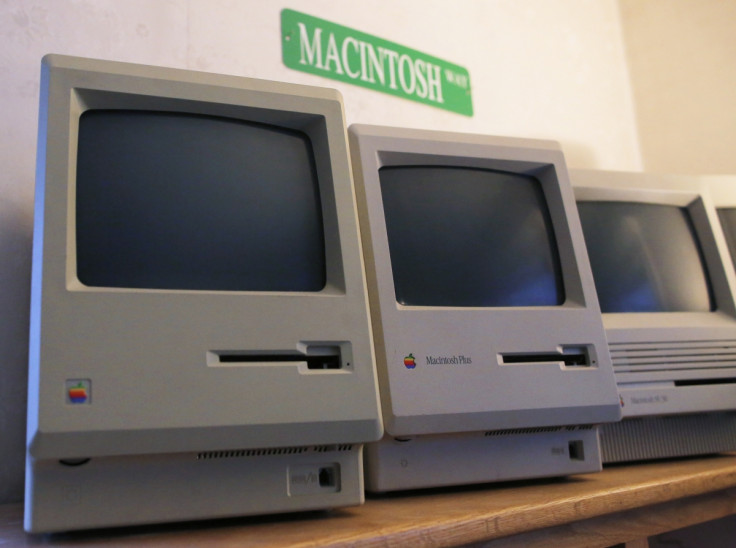
The Macintosh 128k was the first computer to use the now-iconic Mac name. The original Macintosh was first teased during the third quarter ad-break of the 1984 Super Bowl with a $900,000, one-minute ad directed by Ridley Scott.
The commercial showed how the Mac would end an Orwellian world controlled by its rival, the IBM PC, with the catchline "Why 1984 won't be like '1984'."
Described as "insanely great" and "the computer for the rest of us", the $2,495 (£4,000 today) Macintosh was intended to be the personal computer for those not interesting in coding and writing applications, with its graphical user interface (GUI), it's human-like voice and the ability to even play basic games like chess.
Apple sold 70,000 units in the computer's first four months, before announcing its more powerful successor, the Macintosh 512k, which launched in September 1984.
1989 - Macintosh Portable
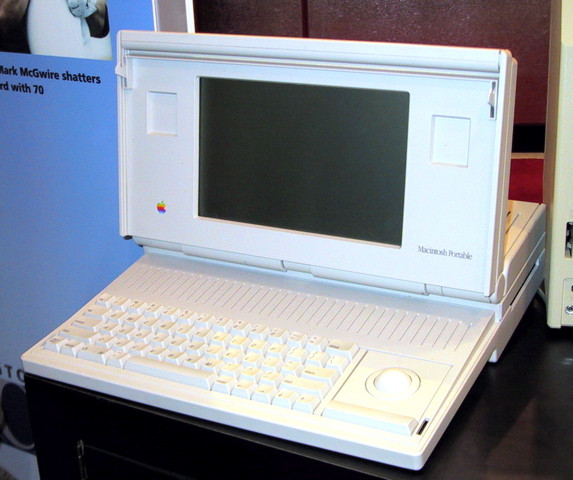
While Apple boasted about how the Macintosh 128k could be picked up using its integrated handle - a design quirk that would reappear on the iMac of 1998 - the company's first truly portable computer arrived in 1989.
Aptly named, the Macintosh Portable was Apple's first battery-powered computer, and while Apple would later go on to lead the laptop market, the Portable was a flop.
At $6,500 (£8,400 today), selling the Portable was an uphill battle, made tougher still by the 16lb (7.2kg) weight, 4in thickness, heavy lead-acid batteries, and lack of expansion slots. The Portable was discontinued in October, 1992.
1991 - Powerbook

Sealing the Portable's fate was the launch of the Powerbook series in October, 1991. Comprising three models of varying performance and prices ranging from $2,300 to $4,600, (£2,300 to £5,000 today) the Powerbook line caused a stir in the industry with their dark grey cases, a compact design leaving room for the user's wrists, and an integrated trackpad.
The laptops had a 9.8in display (9in for the cheapest model) and weighed between five and seven pounds. Apple sold over 100,000 Powerbooks in its first three months alone, cementing the future of what would become the MacBook Pro.
1997 - 20th Anniversary Mac
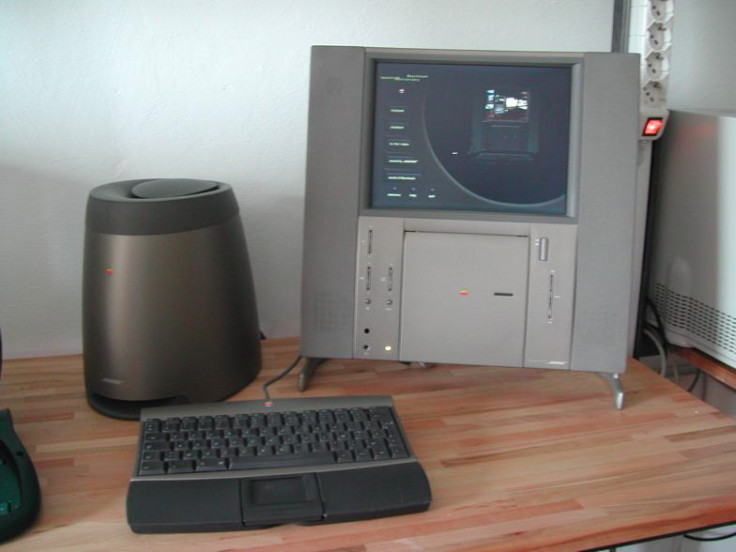
Apple products have always been known to cost more than their rivals - but where the MacBook Pro and Air earn their higher prices through industry-leading hardware and design, the 20th Anniversary Mac was simply too expensive for what it offered - despite the inclusion of a direct-to-door concierge delivery service.
Built to celebrate Apple's 20th anniversary, the computer was designed unlike any other, with integrated speakers by Bose, metallic paint, a wireless remote control, TV tuner, a keyboard with leather palm rests, and a 12in LCD screen.
Predicted at launch to cost $9,000 (£8,300 today), the 20th Anniversary Mac went on sale for $7,500, before falling to $3,500 and then $1,995, before being discontinued in March, 1998.
1998 - iMac G3
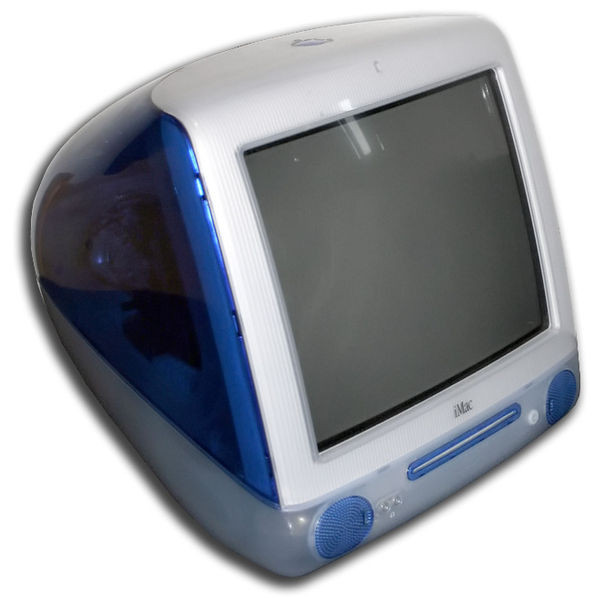
For too long computers had represented beige boxes with little in the way of style or flair - but all this changed in 1998 when a British designer called Jonathan Ive was given a chance to rethink Apple's Mac hardware.
A bet-the-farm move by the recently reinstated Jobs, the iMac G3 looked more like a television than a computer, packing all of its components into a brightly coloured and semi-transparent plastic shell.
In a move that wouldn't be Apple's last to shock the PC market into widespread change, the G3 had no floppy disc drive, instead opting for a slot-loading CD drive.
Priced at $1,300 (£1,100 today), the iMac was the first Apple product to carry the infamous 'i' prefix, and while its origin would be hotly debated, it is commonly believed to stand for internet.
A year later, Ive's bold design and transparent colours were used on the iMac's portable sibling, the iBook G3, affectionately known as the Clamshell.
2000 - Mac G4 Cube

Ive and Jobs had helped get Apple's mojo back, but the company was still capable of dropping the ball - the Mac Cube in 2000 was one such mistake.
A case of form over function, the Ive-design Cube looked like no other computer and operated in complete silence thanks to a fanless, convection-based cooling system; a vertical-loading slot drive completed the other-worldly design.
But at $1,800 (£1,400 today), the Mac Cube offered less performance and fewer expandability options than the cheaper Power Mac G4. Sales were low, but the Cube gained cult status and one now appears in the New York Museum of Modern Art.
2002 - iMac G4

On the inside, the $1,300 (£1,000 today) iMac G4 was nothing more than an update to the G3. But on the outside, the second iMac was possibly the most intriguing computer ever made.
Designed by Jony Ive and using a complex and heavily sprung arm, the iMac G4 resembled a sunflower, with its LCD screen floating above a small dome-shaped base finished in Apple's now-trademark glossy white.
It wasn't just the hardware that impressed, as Apple's software was also now getting into its stride. The iLife suite - including iLife and iTunes - came bundled with AppleWorks (later renamed iWork) as part of the new Mac OS X 10.1 operating system and its minimalist Aqua colour scheme.
2005 - Mac Mini
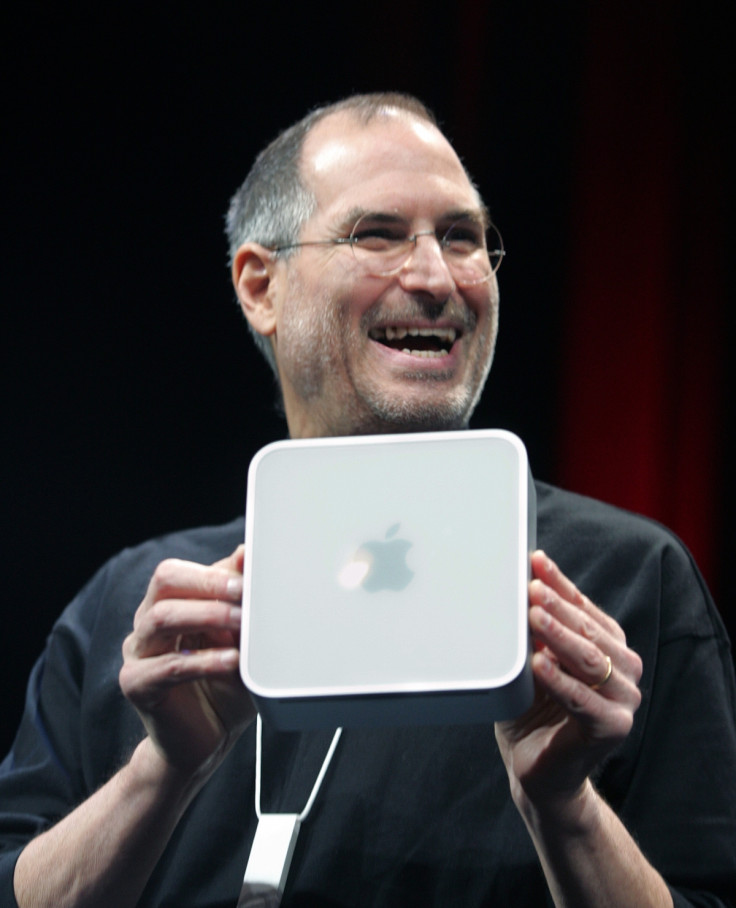
A reaction to criticism of Apple's high prices, the Mac Mini started at $500 (£340 in the UK) when it went on sale in January, 2005. Sold without a screen, mouse or keyboard, the Mini was Apple's 'switching machine' - the computer aimed at PC users who were curious about moving to Mac.
Aiding this transition, the Mini could work with almost any screen, keyboard, mouse and speakers the PC user already had, dramatically lowering the cost of entering Apple's ecosystem.
Launching as a PowerPC computer, the Mini would join Apple in its product-wide switch to Intel processors in 2006.
In the nine years since it launched, the Mini has proved to be a versatile machine; used by some as a multimedia computer thanks to its included remote and (now discontinued) FrontRow media browser; others opted for the 'Server' edition to use for website hosting.
A 2010 refresh saw the Mini get a 'unibody' construction and lose its disc drive - a contentious move at the time, but, just like the iMac's lack of floppy disc seven years earlier, a move that would take the rest of the industry with it.
2008 - MacBook Air
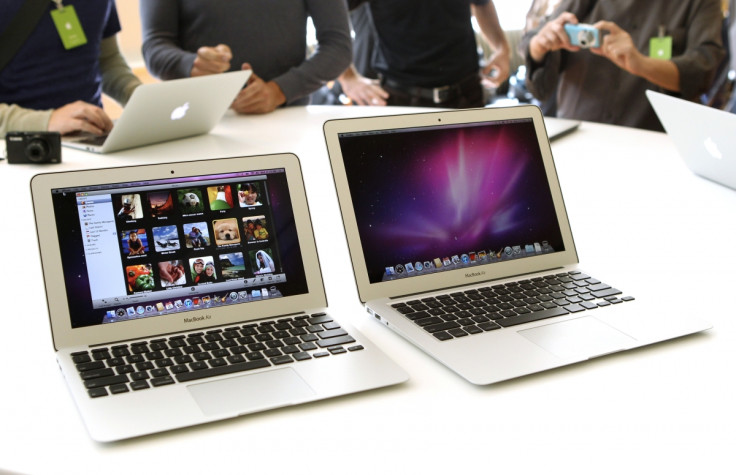
When Jobs slid the first MacBook Air out of a Manilla envelope at MacWorld in 2008, the industry was split - one half saw the ultra-slim, unibody Air as the future of portable computing, while others saw its huge price (up to £1,800) and single USB port as criminal.
As is often the case in consumer technology, the first generation MacBook Air left much to be desired - but its intentions were sound, and when an updated model arrived in 2011 with two screen sizes, the rest of the industry was playing catchup.
2013 - Mac Pro
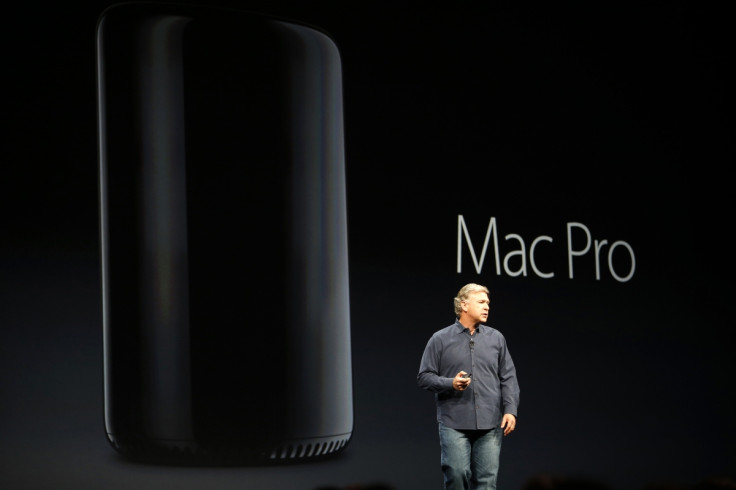
Seemingly unloved and receiving just two updates in almost three years, the Mac Pro finally got a major revamp in late 2013, when the bulky aluminium box of a computer was replaced by a device resembling a small waste paper bin.
Perhaps not the most flattering description, but the computer's cylinder design - created to silently dispose of hot air through its open top - is unlike anything seen before.
Costing from £2,500 to £7,800 in the UK (without a screen, keyboard or mouse), the Mac Pro is a computer aimed at professional video, photo and audio editors.
The Mac Pro boasts the ability to run three 4K (Ultra HD) displays simultaneously, and most of its internal components can be replaced and upgraded by the user - should 64GB of RAM prove insufficient.
© Copyright IBTimes 2025. All rights reserved.





















